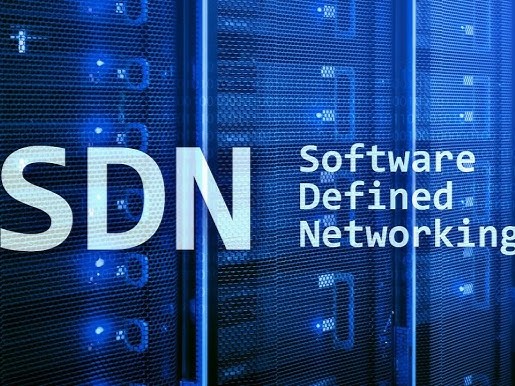Description
Software-Defined Networking (SDN) is an innovative approach to network management that decouples the control plane from the data plane, allowing for more dynamic and flexible network configurations. Traditional networking relies on hardware devices like routers and switches, where configuration and management are done manually. SDN, however, centralizes network control in software, providing administrators with a programmable interface to manage traffic, security, and data flow without the need for physical adjustments to hardware. SDN offers businesses greater agility and control over their networks, enabling them to quickly adapt to changing demands, enhance security protocols, and automate network management. This service involves designing, implementing, and managing SDN architectures, which may include setting up SDN controllers, virtualized network functions, and software-driven network appliances. By implementing SDN, businesses can reduce network complexity, simplify management tasks, and lower operational costs. Additionally, SDN allows for network programmability, enabling businesses to deploy new services and applications faster, automate routine tasks, and gain real-time visibility into network performance. SDN also enhances security by allowing businesses to easily implement and enforce security policies across the entire network, providing granular control over traffic flows and ensuring compliance with security standards. Furthermore, SDN supports network virtualization, which allows businesses to create isolated, virtual networks that can run on the same physical infrastructure, increasing the efficiency of resource utilization. Overall, SDN is a transformative technology that provides businesses with enhanced network flexibility, scalability, and efficiency while reducing costs and improving operational effectiveness.





Lauwali –
“My network’s behavior has transformed from reactive to proactive, and it’s genuinely fascinating to witness. Where bottlenecks once created frustrating slowdowns, adaptive rerouting now calmly sidesteps the issues, maintaining a consistent level of performance. I particularly appreciate the granular control this affords – tuning bandwidth allocation for specific applications feels less like guesswork and more like orchestrated harmony. Beyond the technical improvements, there’s a subtle but noticeable reduction in hardware requirements, suggesting a more efficient allocation of resources, and that contributes to a quieter, less cluttered server room, which is an unexpected benefit I now appreciate.”
Sirajo –
“I’ve noticed a tangible shift in how our infrastructure operates since implementing this innovative network solution; it’s like the system anticipates our needs, subtly optimizing traffic and resource allocation in ways I hadn’t considered possible, creating a much more fluid and responsive digital environment, and while I wasn’t necessarily looking for it, the reduced hardware footprint also contributes to a noticeably cooler and quieter server room, which is a nice little bonus.”
Udo –
“The newfound agility within our network infrastructure is truly remarkable; adapting to fluctuating demands feels effortless now, and reconfigurations that previously took hours are completed in mere moments, freeing up valuable time for innovation; plus, I’ve noticed a tangible reduction in hardware footprint which translates to less heat generated in the server room – a welcome side effect that contributes to a more comfortable working environment and aligns perfectly with our sustainability goals; it’s quietly, but powerfully, transformed how we manage our digital resources.”